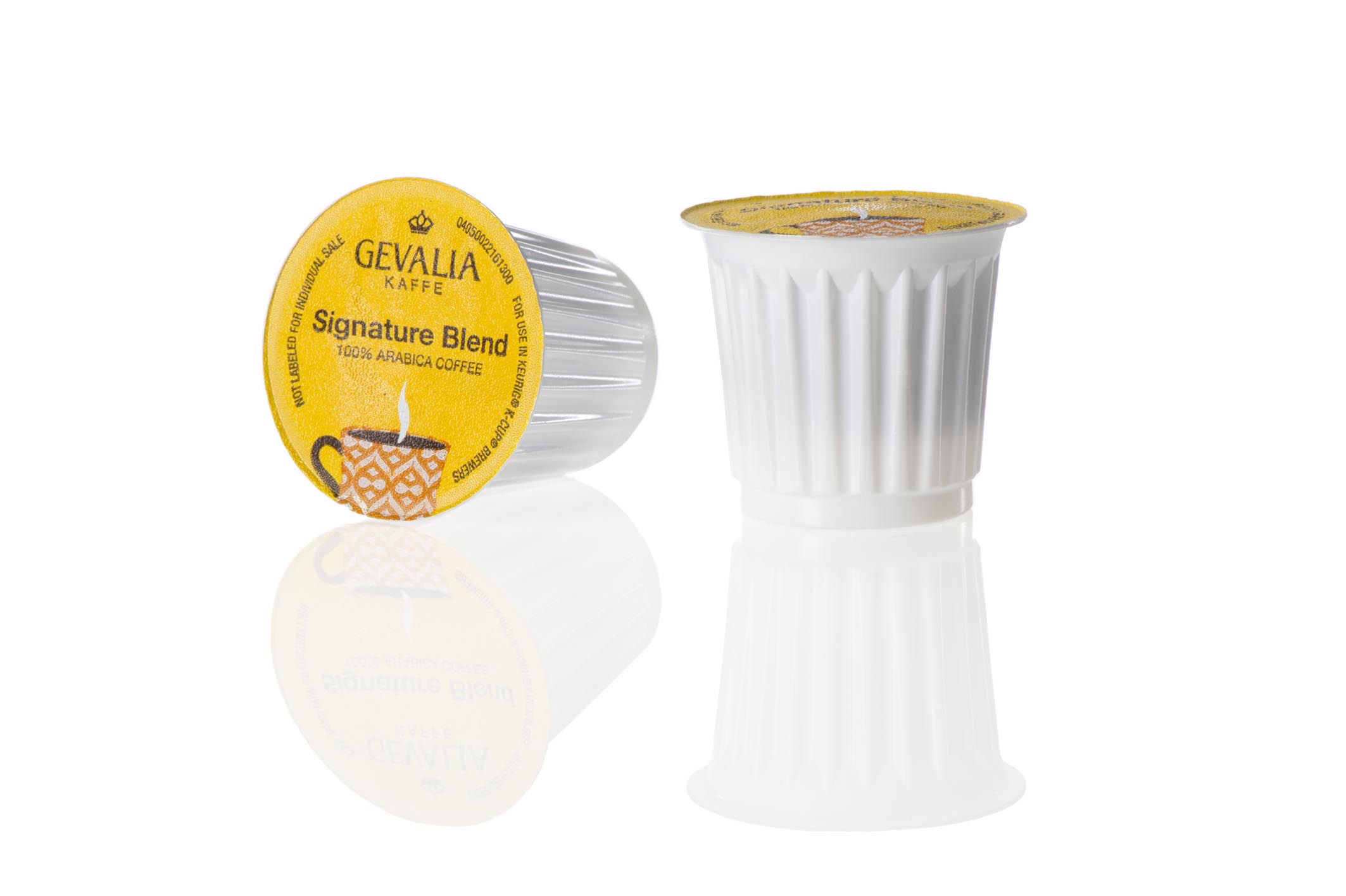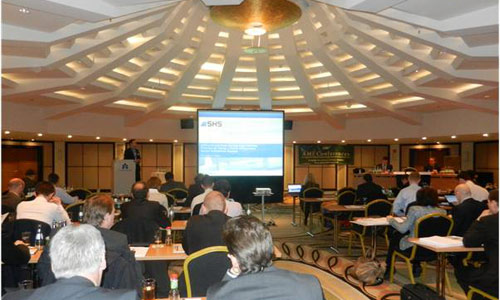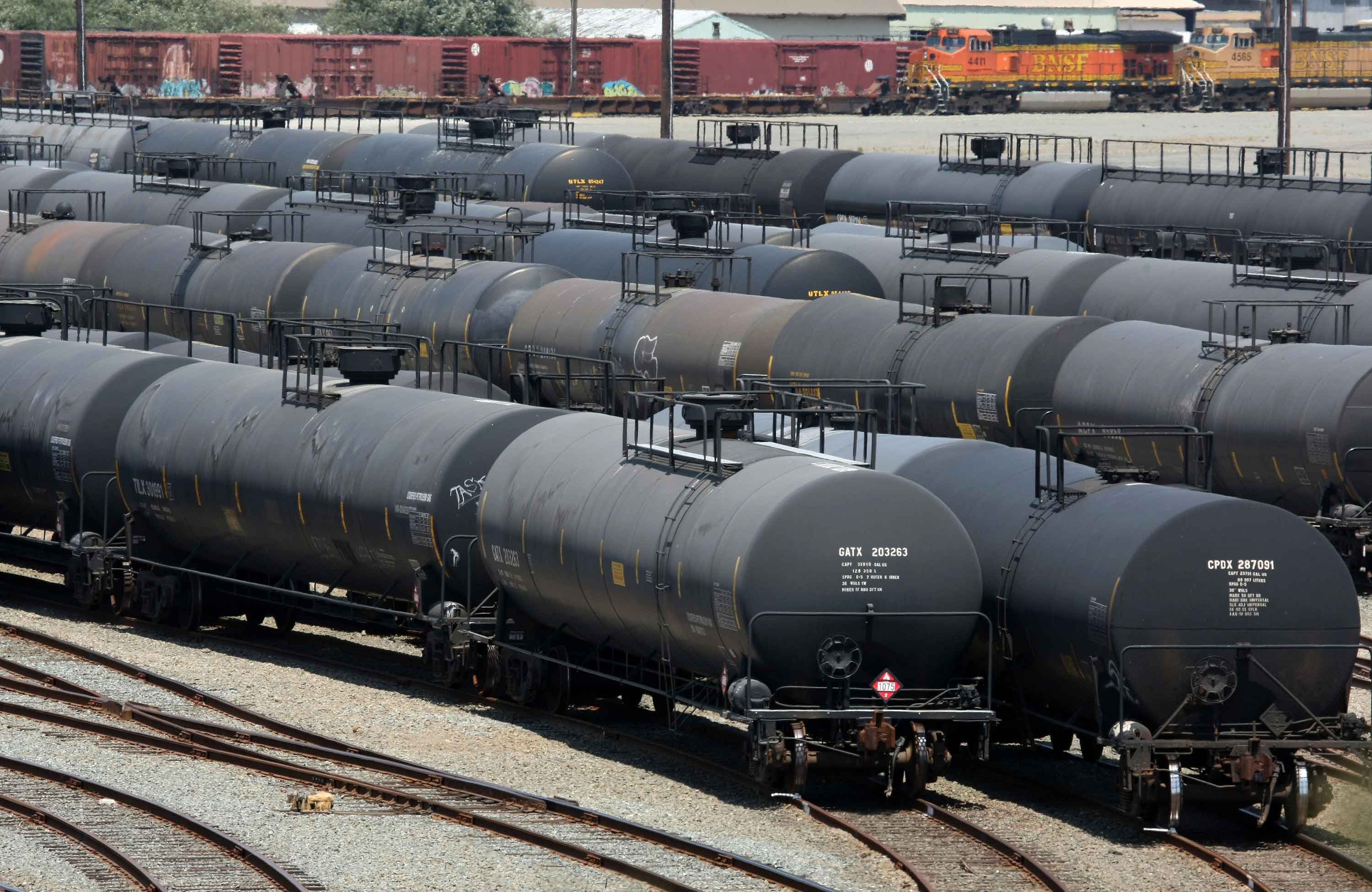THE QUIDI VIDI GUT is a tiny natural laboratory. A thin slice of the northern Atlantic Ocean cuts between cliffs to make a marine appendix at the edge of St. John’s, the capital city of Newfoundland and Labrador, Canada. Fish harvesters gut their catch in tiny, brightly colored wooden shacks called stages, perched half on land, half in the water around the rim. No matter where you are in town, you can tell fishing season is on when you hear seagulls screaming for guts the fishers toss out. New million-dollar condos and a couple of restaurants rise up on the hill behind the stages, and a footbridge crosses an idyllic stream that feeds freshwater into the Gut. The environment is like a microcosm of the entire island of Newfoundland, with its crashing waves, cliffs, and fishing community all accessible by the city’s public transit. It’s why we test most of our scientific methods there—if it works in the Gut, it’ll work on the island, and you can always get home for a hot lunch.
I study plastics in fish because locals ask me to. When I first came to the island as a newly hired professor and people heard I researched plastic pollution, the first question they asked was whether their fish was safe to eat. During fishing season my students and I will stand on the wharfs and ask fish harvesters for their fish guts. We’ll get a year’s worth of scientific samples in a few afternoons this way, all from fish that have been eaten—we fish for food and scavenge for science.
The plastic pollution in the Gut is archetypically Newfoundland. Standing on a wharf, I see fishing boats tied on with yellow nylon rope, and green polyethylene lobster traps sitting nearby. I’ll find the tiny yellow and green threads that fragment from the fishing gear in the collected cod guts. The idyllic stream at the tip of the Gut feeds from two plasticky sources: the Robin Hood Bay landfill at the top of the hill (a former military site cum landfill where some of the strongest winds in the world blow plastic bags over fences and into scrubby trees) and the Quidi Vidi Lake to the west, where city snowplows dump grimy snow full of rubber “tire dust” and cellulose acetate cigarette butts during our ten-month winter. When I look around the Gut, I sense all these plastics in my mind’s eye. But it won’t be until I bring samples back to the bright white space of the lab that I’ll see the familiar particles under a microscope. Usually they’re too small to see when we’re out on the land, but in the lab, they always show up. They’re dependable that way.
It turns out there is not a single type of plastic pollution, that plastic profiles, like dialects, are unique to their regions. In the Gut, I’m fluent in green threads and yellow paint chips, white microfragments and black tire dust. I know them all at a glance. But when I do research in other locations—New York City, Bermuda, the Great Lakes, even Labrador, the northern part of the province—I’m in unfamiliar territory under the microscope at first, wondering if that red thing is plastic or coral, if that black round bit is coal ash or plastic or something else entirely. I tap the particles with my metal tweezers to see if they sound like plastic, squish them to see if they spring back like plastics. Eventually I’ll put them through a spectrometer, whose lasers identify what type of polymer it is or tell me I’ve made a mistake and that a particle is part of an unfamiliar insect exoskeleton. The Great Lakes are characterized by industrial pellets and sewage plastics. New York City plastics are a hodgepodge of fragments, microbeads, and dime bags (okay, just one dime bag, but it was the most charismatic film plastic I’ve ever met). One of Canada’s foremost plastic pollution scientists, Dr. Chelsea Rochman, doesn’t even use the category of “thread” to identify fragments of fishing gear, while here in Newfoundland and Labrador, a province of fishers, it’s one of our most prevalent forms of microplastic.
The singular term “plastic” is horribly misleading, given the hundreds of polymer types and blends and the many more chemical additives they harbor and leak. Each poses a different threat (or not) in different environments. Large plastics from fishing gear entangle marine mammals, while tiny plastics that make their way into gills and bloodstreams can cause inflammation, but not in all species. Plastics might be a global problem, but they are not universal.

WHEN I FIRST BEGAN to study plastic pollution in the early 2000s, the field was dominated by cold-water cowboys, some with science degrees, many without, who were sailing around the Pacific and showing off jars full of watery plastics. These are the guys you saw on TV or the front pages of newspapers, talking about areas of water the size of Texas, thick with plastics.
Richard Thompson, more scientist than cowboy, gave us the term “microplastics” when he began finding these tiny plastics in research sites he’d been studying in the United Kingdom for decades. Their tiny, fragmented form was their most notable characteristic, unfamiliar next to the plastics we knew and used every day. Sampling methods for them, and the first generation of plastic scientists, had to do two things: find the plastics and show how small they were. You could do that with a jar, a sieve, a photo, or a story.
Once scientists understood how small these plastics were, we found them everywhere. In the Arctic! In salt! In the blood of mussels! In the Mariana goddamned Trench! Ornithologists spoke up: we’ve been finding plastics in bird guts for a while! Oceanographers checked their freezers: plastics in water samples from the 1970s! A cacophony of methods from an array of scientific disciplines resulted in a single message: Look—plastics! Here too! And there! Collectively, we began to see plastic pollution as ubiquitous, worldwide.









